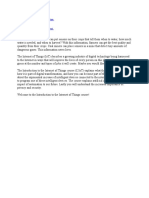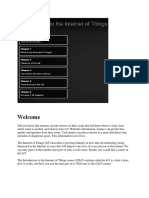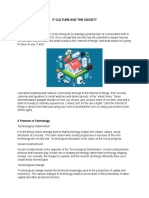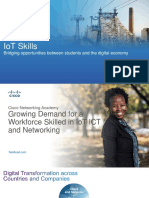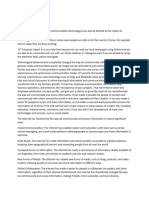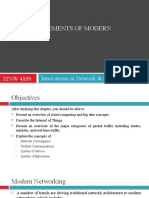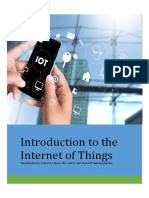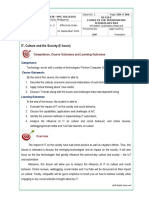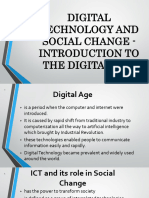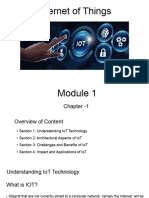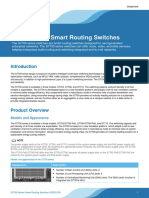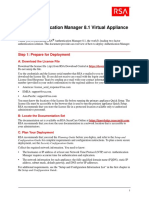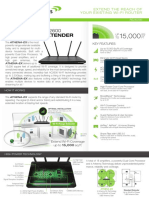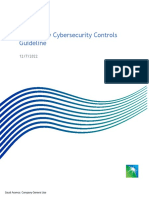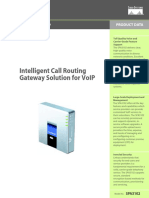0% found this document useful (0 votes)
21 views7 pagesInternet of Things
The document introduces the Introduction to the Internet of Things (IoT) course, highlighting its focus on digital transformation, programming for IoT devices, and the importance of security and automation. It emphasizes interactive learning through e-doing activities, labs, and assessments, including the use of Cisco Packet Tracer for network simulations. The course aims to equip students with the knowledge and skills necessary for careers in the growing IoT field.
Uploaded by
rkingdom025Copyright
© © All Rights Reserved
We take content rights seriously. If you suspect this is your content, claim it here.
Available Formats
Download as DOCX, PDF, TXT or read online on Scribd
0% found this document useful (0 votes)
21 views7 pagesInternet of Things
The document introduces the Introduction to the Internet of Things (IoT) course, highlighting its focus on digital transformation, programming for IoT devices, and the importance of security and automation. It emphasizes interactive learning through e-doing activities, labs, and assessments, including the use of Cisco Packet Tracer for network simulations. The course aims to equip students with the knowledge and skills necessary for careers in the growing IoT field.
Uploaded by
rkingdom025Copyright
© © All Rights Reserved
We take content rights seriously. If you suspect this is your content, claim it here.
Available Formats
Download as DOCX, PDF, TXT or read online on Scribd
/ 7

